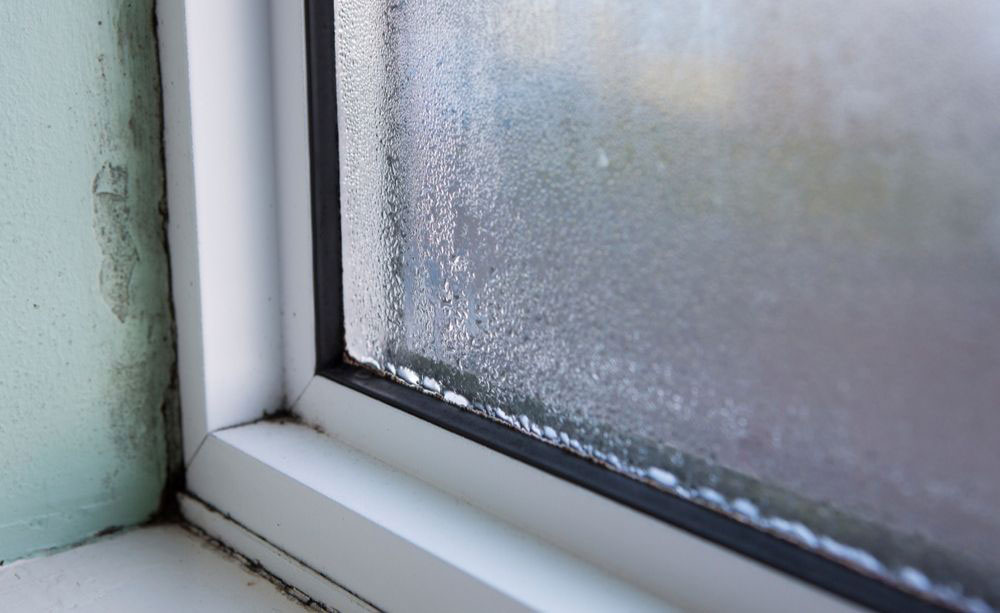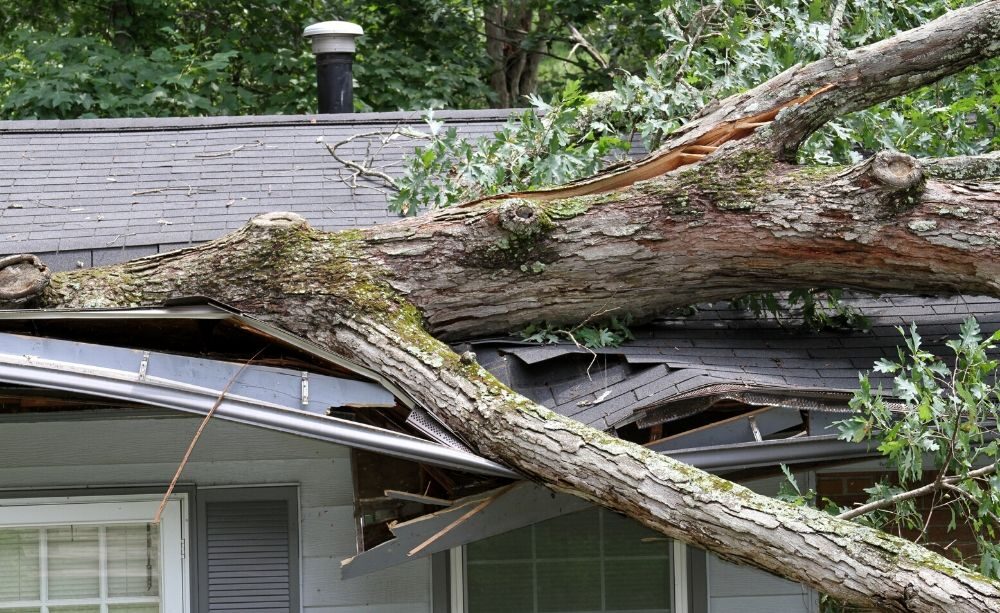Every home has both hidden and exposed dangers. You don’t have to stress over them, but you should be aware of them. Knowing that these hazards exist will help you look out for them and remove them. You can remedy or remove all the types of home health hazards on this list.
Button Batteries
You’ll find these tiny batteries in greeting cards, key fobs, toys, and other electronics. They pose a choking hazard for small children. Kids also tend to stick them in their nose and ears, which makes for a tricky extraction. If swallowed, the battery can cause an alkaline injury, or burn, to the stomach. As they erode, they can cause respiratory, hearing, and other long-term issues.
Detergent Pods
A recent Internet fad had kids biting into detergent pods. While it may look fun to record yourself eating detergent pods, they pose a serious health risk. When the pods get wet, they start to erode and release the toxic detergent. A small child with wet hands won’t know the liquid is hazardous and could ingest it. Keep them far away from a child’s reach.
Mold
The spores that cause mold are everywhere. They drift through the air, through open windows, and into the home. If the spores find a cool, damp place, they will turn into mold and spread. Mold in the home can cause respiratory problems, headaches, and nosebleeds. There’s an ongoing debate over so called “toxic black mold” and whether or not it’s dangerous. Err on the side of caution, and get any mold removed.
Broken Smoke Alarm
There should be a smoke detector on every level of your home. Check your smoke and fire alarms every six months to make sure they work properly. A broken smoke alarm doesn’t do anyone much good, as it can’t alert you to fire.
Window Covering Cords
Cords that hang from window blinds or curtains seem harmless, but they pose a risk for children. Every year, kids get tangled up in the dangling cords and end up choking themselves. The best thing to do is shorten the cord so that it can’t be reached. Wrap it up and secure it with a twist-tie or rubber band.














 Deering Estate
Deering Estate
 Massage Envy South Miami
Massage Envy South Miami
 Calla Blow Dry
Calla Blow Dry
 My Derma Clinic
My Derma Clinic
 Sushi Maki
Sushi Maki
 Sports Grill
Sports Grill
 The Healthy Kitchen
The Healthy Kitchen
 Golden Rule Seafood
Golden Rule Seafood
 Malanga Cuban Café
Malanga Cuban Café

 Kathleen Ballard
Kathleen Ballard
 Panter, Panter & Sampedro
Panter, Panter & Sampedro
 Vintage Liquors
Vintage Liquors
 The Dog from Ipanema
The Dog from Ipanema
 Rubinstein Family Chiropractic
Rubinstein Family Chiropractic
 Your Pet’s Best
Your Pet’s Best
 Indigo Republic
Indigo Republic




 ATR Luxury Homes
ATR Luxury Homes


 2112 Design Studio
2112 Design Studio
 Hamilton Fox & Company
Hamilton Fox & Company
 Creative Design Services
Creative Design Services
 Best Pest Professionals
Best Pest Professionals
 HD Tree Services
HD Tree Services
 Trinity Air Conditioning Company
Trinity Air Conditioning Company
 Cisca Construction & Development
Cisca Construction & Development
 Mosquito Joe
Mosquito Joe
 Cutler Bay Solar Solutions
Cutler Bay Solar Solutions


 Miami Royal Ballet & Dance
Miami Royal Ballet & Dance
 Christopher Columbus
Christopher Columbus
 Pineview Preschools
Pineview Preschools
 Westminster
Westminster
 Carrollton
Carrollton
 Lil’ Jungle
Lil’ Jungle
 Frost Science Museum
Frost Science Museum
 Palmer Trinity School
Palmer Trinity School
 South Florida Music
South Florida Music
 Pinecrest Orthodontics
Pinecrest Orthodontics
 Dr. Bob Pediatric Dentist
Dr. Bob Pediatric Dentist
 d.pediatrics
d.pediatrics
 South Miami Women’s Health
South Miami Women’s Health

 The Spot Barbershop
The Spot Barbershop
 My Derma Clinic
My Derma Clinic




 Miami Dance Project
Miami Dance Project

 Rubinstein Family Chiropractic
Rubinstein Family Chiropractic
 Indigo Republic
Indigo Republic

 Safes Universe
Safes Universe
 Vintage Liquors
Vintage Liquors
 Evenings Delight
Evenings Delight





 Atchana’s Homegrown Thai
Atchana’s Homegrown Thai
 Baptist Health South Florida
Baptist Health South Florida

 Laser Eye Center of Miami
Laser Eye Center of Miami
 Visiting Angels
Visiting Angels
 OpusCare of South Florida
OpusCare of South Florida

 Your Pet’s Best
Your Pet’s Best





 HD Tree Services
HD Tree Services
 Hamilton Fox & Company
Hamilton Fox & Company


 Creative Design Services
Creative Design Services